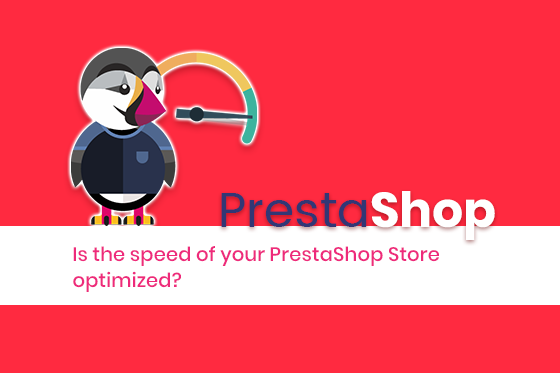Slow internet is the top most annoying thing. For any webmaster, the message between the lines here is that page load speed is vital in determining whether a visitor stays or bounces. And because you need every visitor to your e-commerce site to end up in conversion, then your page load speed should be the best possible.
For PrestaShop e-commerce website owners and webmasters, this is for you. It provides vital tips and tricks you can use to boost your page load speed, and potentially increase conversions, which is literarily an increase in your sales and revenue. Note: These strategies are considered to be effective for PrestaShop speed optimization.
1. Compress, Combine, and Cache
This trick increase website speed substantially. Compress works to compact JavaScript and CSS of the PrestaShop website. Next, combining and caching the same improves the performance of the store. The three steps – compress, combine, cache shortens the website’s size hence easy loading.
JavaScript and CSS loading separate means multiple instructions to the website which is time-consuming. This tip simply means merging all the requests for a browser to retrieve and load.
2. Get Product Images Optimized
The use of images is a major SEO benefit, as it captivates customers and provides a clear understanding of the product to buyers. However, the quality and size of the image affect the site’s performance and load speed. It is advised that in cases where image alternatives can work effectively, they should be skipped.
Nevertheless, in cases where they are inevitable, the images should be optimized by trying different formats. Different tools should also be used to identify images that might present problems and get them ejected from the website.
3. Ensure Only the Vital Modules are Installed
One of the features of PrestaShop is that it is a stand-alone platform that has most of the functionalities needed for an e-commerce. It is advised that you review the various pre-installed modules and if a module can function for two, remove the unneeded alternative to improve the website’s performance.
Unneeded modules take up unnecessary space in the web hosting disk and this slows the website’s loading speed. If you are having difficulties in determining which modules to remove and which to use, simply enable the debug profiling property on the PrestaShop Control panel and it will identify the most useful and needed modules.
4. Have a CDN Set Up
A global or regional reaching web store will require the website to be fast in various places. As website loading speed slows down when the website is hosted by a distant service or targets users far from the hosting server, there s a need to ensure each user gets the same best-possible experience. To achieve this, a Content Delivery Network should be set up. This increases website performance and decreases load time as content is served from the CDN. For a PrestaShop web store, the options you can try in setting up the CDN are MaxCDN and MetaCDN.
5. Have an Active Caching System
PrestaShop comes with a caching system that serves to increase load time. In addition, third-party caching applications e.g. APC, XCache, and Memcached can also be used as they are easy to configure into the eStore.
6. Get MySQL Configuration Refined
This strategy will require getting in touch with the hosting company and have them examine the SQL Query cache value. This can be done by noting the value on the MySQL configuration settings. The recommended value for the query_cache_value ranges around 512MB. If the value is below or the website’s performance is poor, this needs to be refined.
7. Get Smarty Settings Configured
Website templates have a built-in optimization engine known as smarty. In the PrestaShop control panel, navigate to the Advanced Parameters then click on the Performance tab. This feature is active by default but it can be customized for increased performance.
Final Take
In the current online environment, a slow website is an irritant that simply pushes users away. This is a negative for an e-commerce website that seeks to increase conversions. PrestaShop comes as a full pack for an e-commerce website. It has reliable performance, but to further increase conversions, there might be a need to improve the website’s speed. The tips presented above have the potential to increase your website’s speed and performance, avoid disappointed users, and increase conversions.
Author
-
EitBiz is a fast-growing and dynamic software, mobile app and web design and development company, expanding to multiple countries.
View all posts






